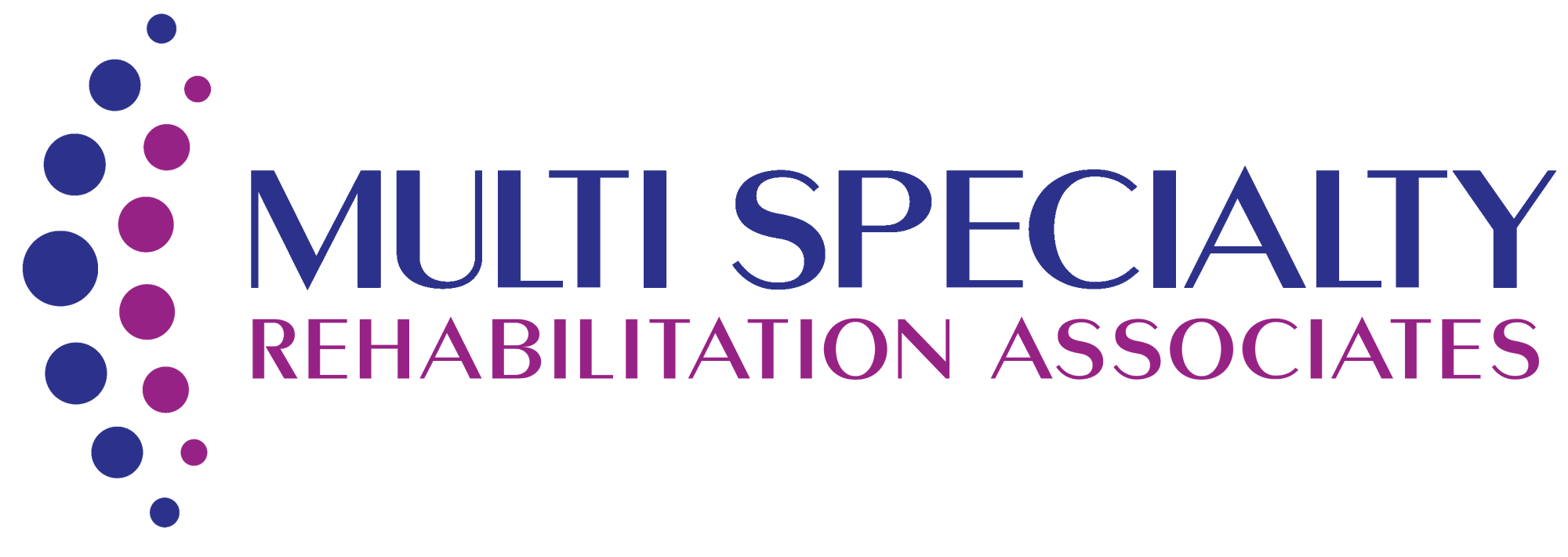(FAQ) About Knee Pain
What causes knee pain?
Knee pain can result from various factors, including:
- Injury: Such as ligament tears (ACL, MCL), meniscus tears, or fractures.
- Arthritis: The most common types include osteoarthritis, rheumatoid arthritis, and gout.
- Overuse: Repetitive motions, excessive strain, or high-impact activities can lead to knee pain.
- Bursitis or tendinitis: Inflammation of the bursae or tendons around the knee.
- Patellar issues: Such as patellar tendinitis (runner’s knee) or dislocation of the kneecap.
What are the symptoms of knee pain?
Knee pain can vary in intensity and may include:
- Sharp or dull aching pain in or around the knee.
- Swelling, stiffness, or redness around the knee joint.
- Weakness or instability in the knee, making it difficult to bear weight.
- Popping, clicking, or grinding sensations in the knee during movement.
When should I see a doctor for knee pain?
You should seek medical attention if:
- The pain is severe and persistent.
- There is noticeable swelling or deformity.
- You cannot put weight on your knee.
- The knee feels unstable or gives out while walking.
- You experience a fever or other signs of infection.
What are the common treatments for knee pain?
Treatment depends on the cause but often includes:
- Rest: Avoid activities that worsen the pain.
- Ice: Apply ice packs to reduce swelling and inflammation.
- Compression: Use knee braces or bandages to support the joint.
- Elevation: Keep the knee raised to reduce swelling.
- Medications: Nonsteroidal anti-inflammatory drugs (NSAIDs) like ibuprofen or acetaminophen can help with pain and inflammation.
- Physical therapy: Exercises to strengthen muscles around the knee and improve flexibility.
- Injections: Corticosteroid or hyaluronic acid injections for severe pain.
Can knee pain be treated at home?
Mild knee pain can often be managed with the RICE method (Rest, Ice, Compression, Elevation), along with over-the-counter pain relievers. However, if pain persists, worsens, or is associated with injury, professional medical evaluation is recommended.
How can I prevent knee pain?
Preventive measures include:
Exercise regularly to strengthen the muscles around the knee (especially the quadriceps and hamstrings).
Maintain a healthy weight to reduce stress on the knee joints.
Use proper technique when exercising or lifting to avoid strain on the knees.
Wear supportive footwear to reduce impact on the knees, especially during high-impact activities.
What is the difference between acute and chronic knee pain?
- Acute knee pain occurs suddenly, often due to an injury, and may require immediate attention.
- Chronic knee pain develops over time and is usually associated with conditions like arthritis or repetitive strain.
What role does arthritis play in knee pain?
Arthritis, especially osteoarthritis, is a common cause of chronic knee pain. It occurs when the cartilage in the knee joint wears down over time, leading to pain, stiffness, and reduced range of motion. Rheumatoid arthritis, an autoimmune condition, can also cause knee inflammation and pain.
How is knee pain diagnosed?
Doctors may use several diagnostic methods, including:
- Physical examination to assess swelling, range of motion, and stability.
- Imaging tests like X-rays, MRIs, or CT scans to view the knee’s structure.
- Lab tests to check for infections or conditions like gout or rheumatoid arthritis.
Can I continue exercising with knee pain?
Doctors may use several diagnostic methods, including:
- Physical examination to assess swelling, range of motion, and stability.
- Imaging tests like X-rays, MRIs, or CT scans to view the knee’s structure.
- Lab tests to check for infections or conditions like gout or rheumatoid arthritis.
Are knee braces helpful for knee pain?
Knee braces can provide support and stability for certain conditions, such as ligament injuries or patellar issues. However, they are not a long-term solution for all types of knee pain. Consult your doctor to determine if a knee brace is appropriate for your situation.
When is surgery necessary for knee pain?
Surgery may be considered if conservative treatments fail to relieve pain, particularly in cases of severe injury (e.g., ACL tears or meniscus damage) or advanced arthritis. Common knee surgeries include arthroscopy, partial or total knee replacement, and ligament repair.

